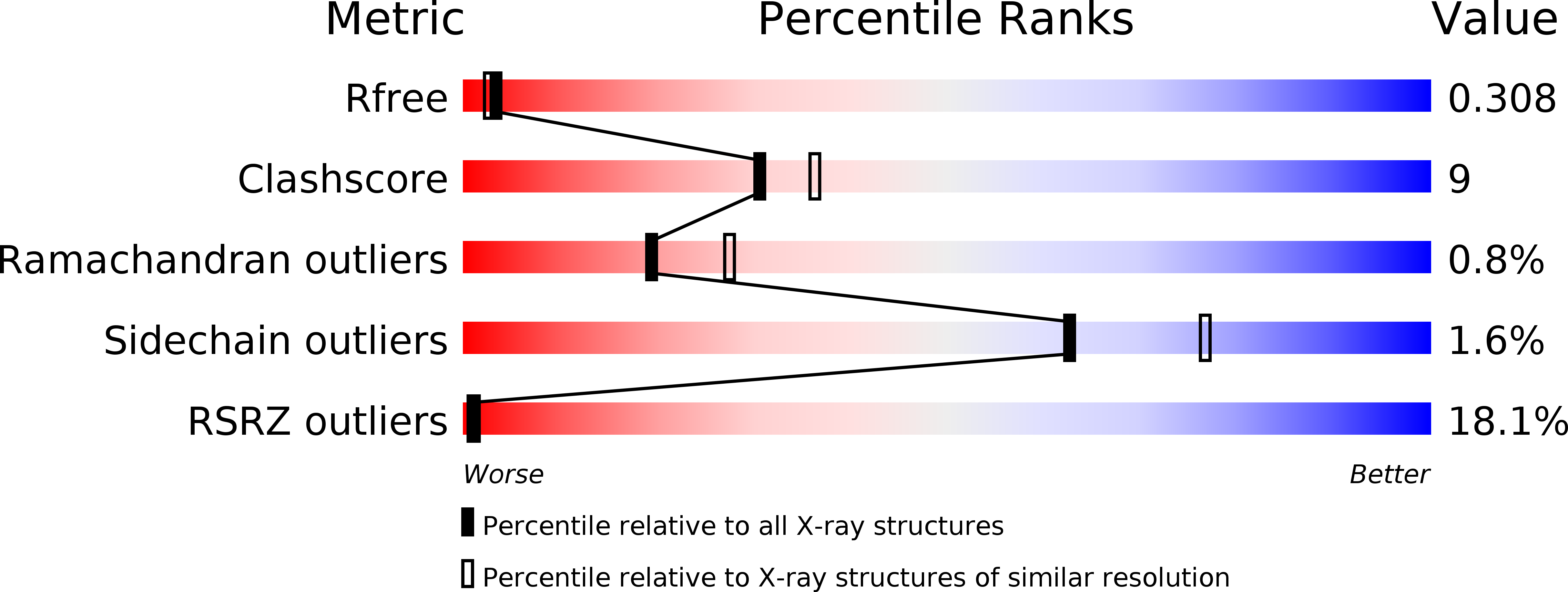
Deposition Date
2006-12-07
Release Date
2006-12-19
Last Version Date
2023-12-27
Entry Detail
PDB ID:
2O6I
Keywords:
Title:
Structure of an Enterococcus Faecalis HD Domain Phosphohydrolase
Biological Source:
Source Organism:
Enterococcus faecalis (Taxon ID: 226185)
Host Organism:
Method Details:
Experimental Method:
Resolution:
2.55 Å
R-Value Free:
0.31
R-Value Work:
0.24
R-Value Observed:
0.25
Space Group:
P 32 2 1


